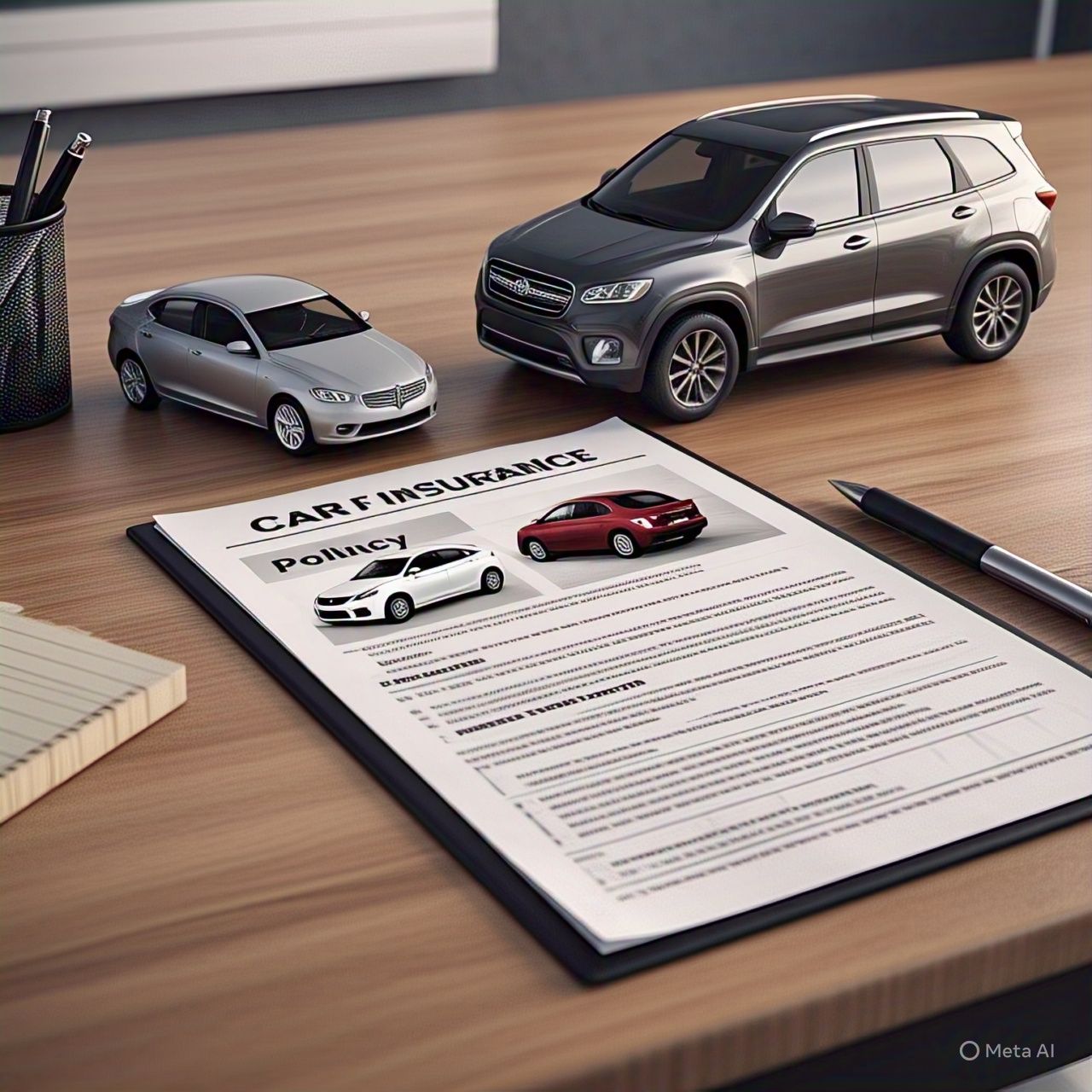
Your auto insurance policy is a crucial document, but let's be honest, it can often feel like reading a foreign language. Full of jargon and complex clauses, it's easy to feel overwhelmed. However, understanding your policy is key to ensuring you have the right coverage for your needs and knowing what to do if you need to make a claim.
This beginner's guide from CoverMyRideUSA will help you decode the essential parts of your auto insurance policy.
1. Declarations Page
This is typically the first page (or few pages) of your policy and acts as a summary. It contains the most personalized information, including:
- Named Insured: Your name and address.
- Policy Period: The dates your coverage is effective.
- Covered Vehicles: Make, model, year, and VIN of the cars insured.
- Drivers Listed: All drivers covered under the policy.
- Coverage Types and Limits: A breakdown of each coverage you've selected (e.g., Liability, Collision) and the maximum amount your insurer will pay for a covered claim.
- Deductibles: The amount you pay out-of-pocket before your insurance kicks in for certain coverages like Collision or Comprehensive.
- Premium: The total cost of your policy for the term.
Key takeaway: Always review your declarations page carefully for accuracy.
2. Insuring Agreement
This section details what the insurance company promises to do in return for your premium payment. It outlines the insurer's obligations and the general scope of coverage provided under each part of the policy. It will specify what types of losses are covered and under what circumstances.
The insuring agreement is the core promise of your policy. It defines the "who, what, when, where, and how" of your coverage.
3. Exclusions
Just as important as what's covered is what's not covered. The exclusions section lists specific situations, perils, or types of property that your policy will not pay for. Common exclusions might include intentional acts, racing, wear and tear, or using your personal vehicle for commercial purposes (unless you have a commercial policy or endorsement).
Understanding exclusions helps prevent surprises if you need to file a claim.
4. Conditions
This part outlines the rules and obligations you and your insurer must follow. Examples of conditions include:
- Your Duties After a Loss: What you need to do if you're in an accident (e.g., notify the insurer promptly, cooperate with their investigation).
- Cancellation and Non-Renewal: The terms under which you or the insurer can cancel or choose not to renew the policy.
- Subrogation: The insurer's right to recover payments from a third party who caused the loss.
- Policy Changes: How changes to the policy can be made.
Failure to comply with policy conditions could jeopardize your coverage.
5. Definitions
Many insurance policies include a definitions section where key terms used throughout the document are clearly defined. This helps ensure that both you and the insurer have a common understanding of terms like "accident," "covered auto," "family member," etc. Always refer to this section if you're unsure about the meaning of a specific word or phrase.
6. Endorsements and Riders
Endorsements (also called riders) are additions or amendments to the standard policy language. They can be used to add coverage (e.g., roadside assistance, rental reimbursement), modify existing coverage, or exclude certain types of coverage. Any endorsements will be listed on your declarations page and will form part of your policy contract.
Tips for Understanding Your Policy:
- Don't wait until you have a claim: Review your policy when you first receive it and before each renewal.
- Ask questions: If there's anything you don't understand, contact your insurance agent or company for clarification.
- Keep it accessible: Store your policy documents (or digital access) in a safe and easily reachable place.
By taking the time to understand these key components, you'll be a more informed consumer and better prepared to make the most of your auto insurance coverage. At CoverMyRideUSA, we're here to help you navigate these complexities.
Have a Policy You Understand?
Ensure you have the right coverage at the best price. Compare quotes from top providers and take control of your auto insurance.
Compare Your Insurance Options